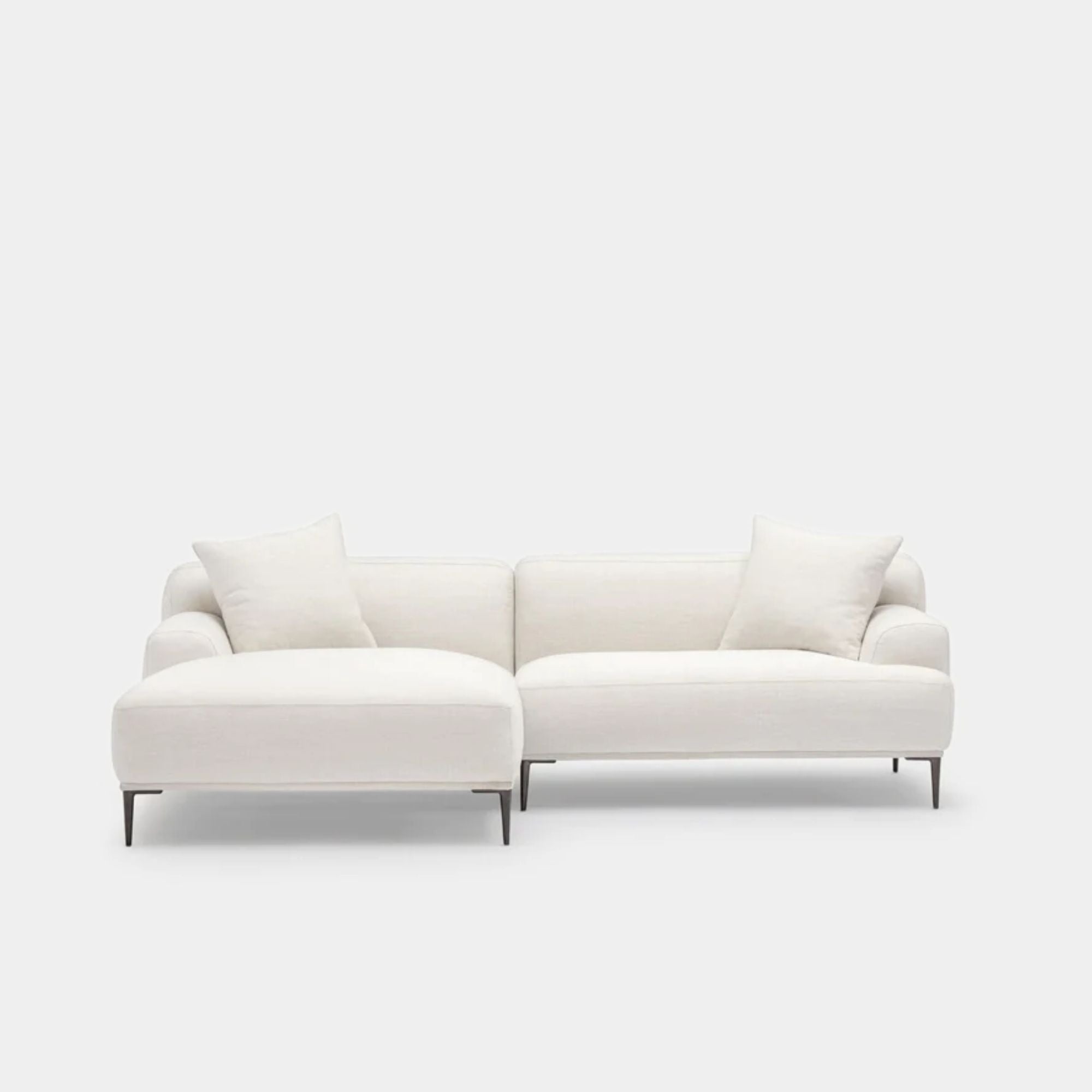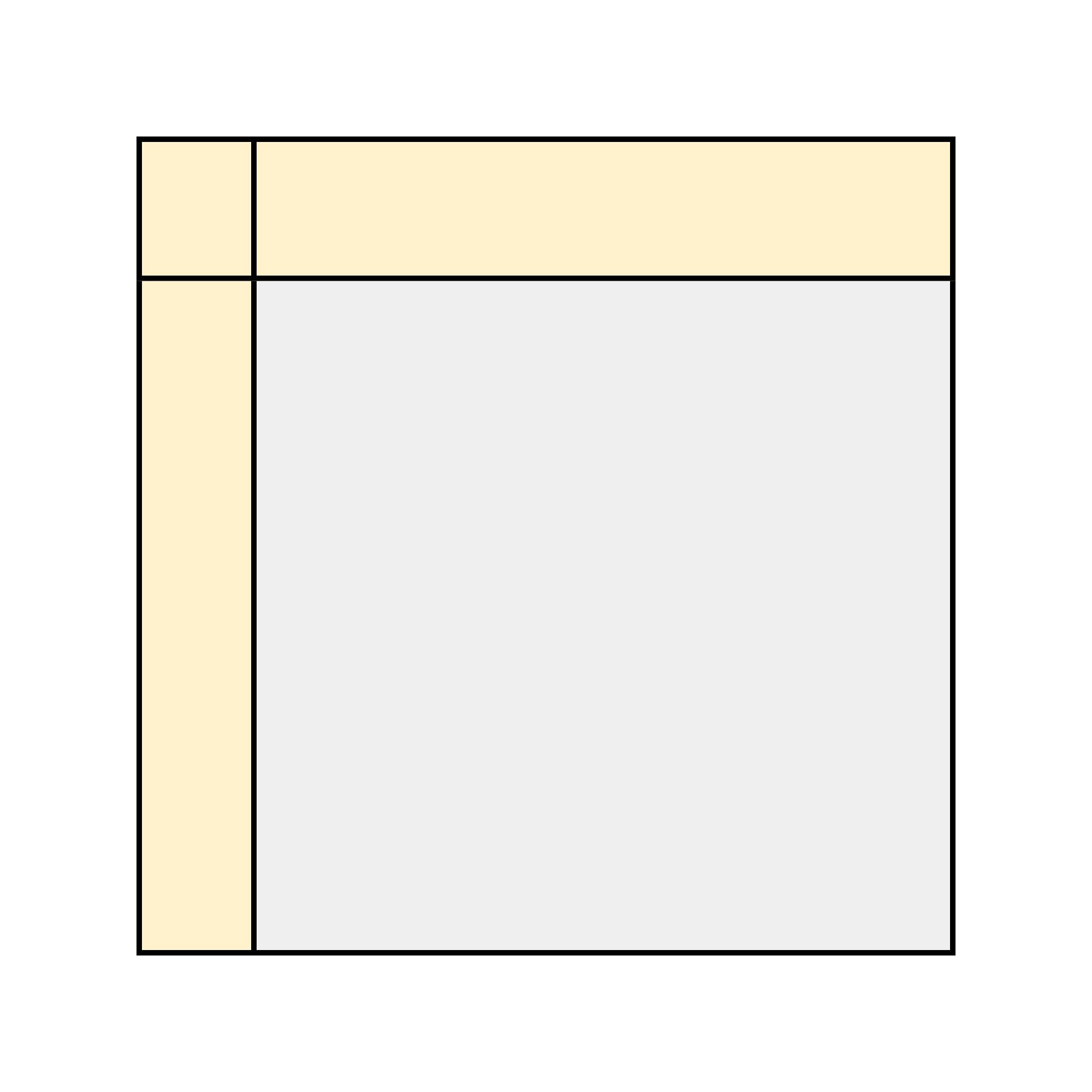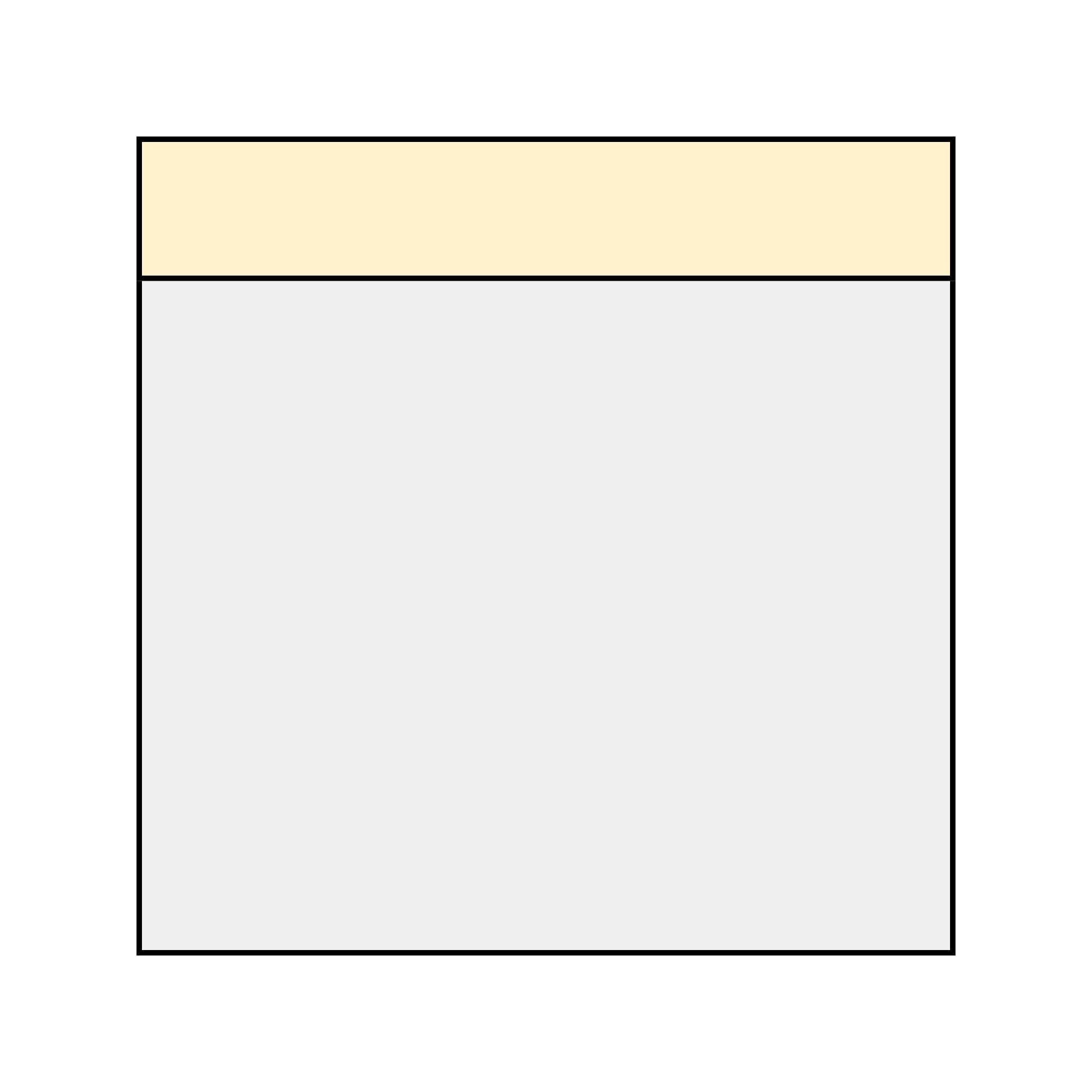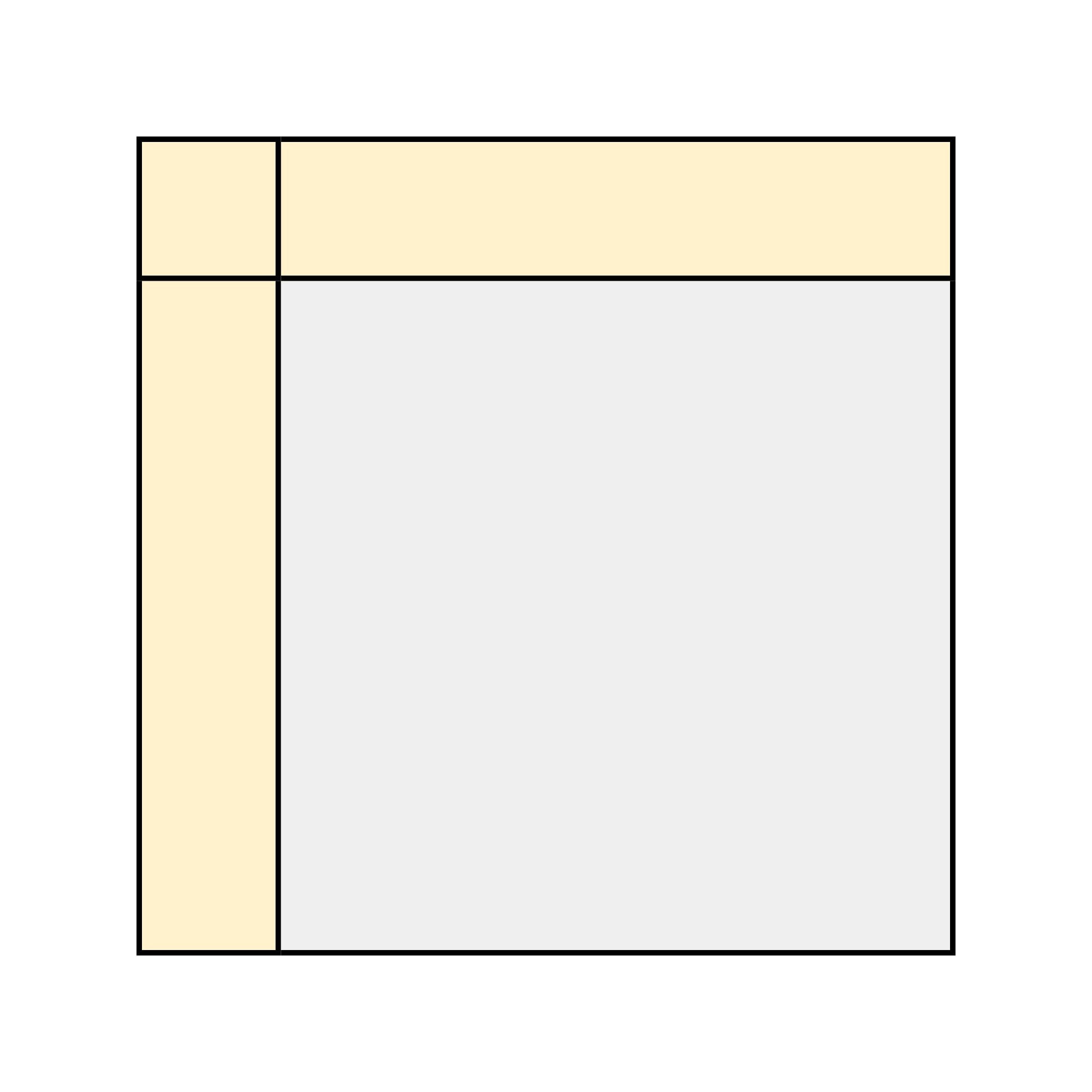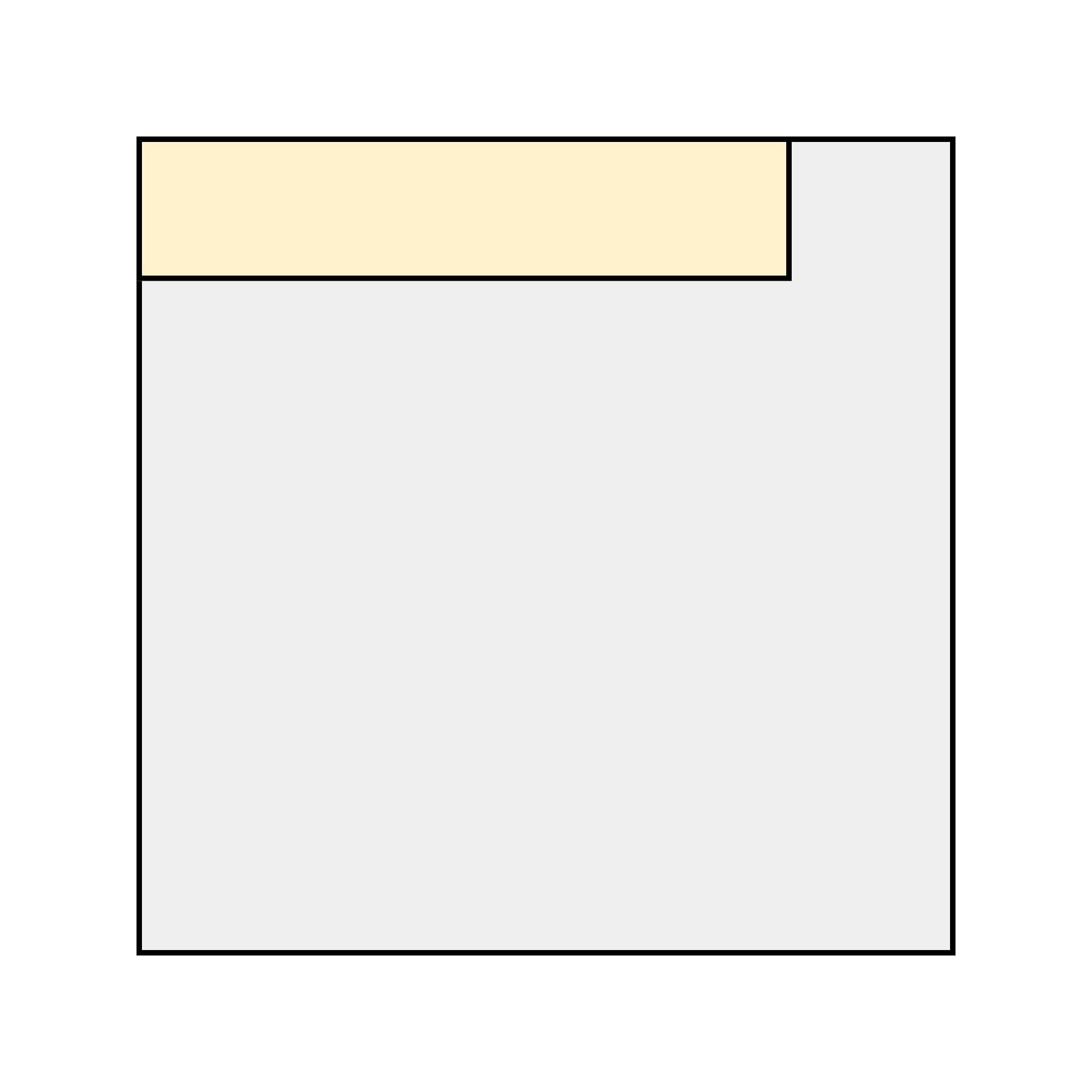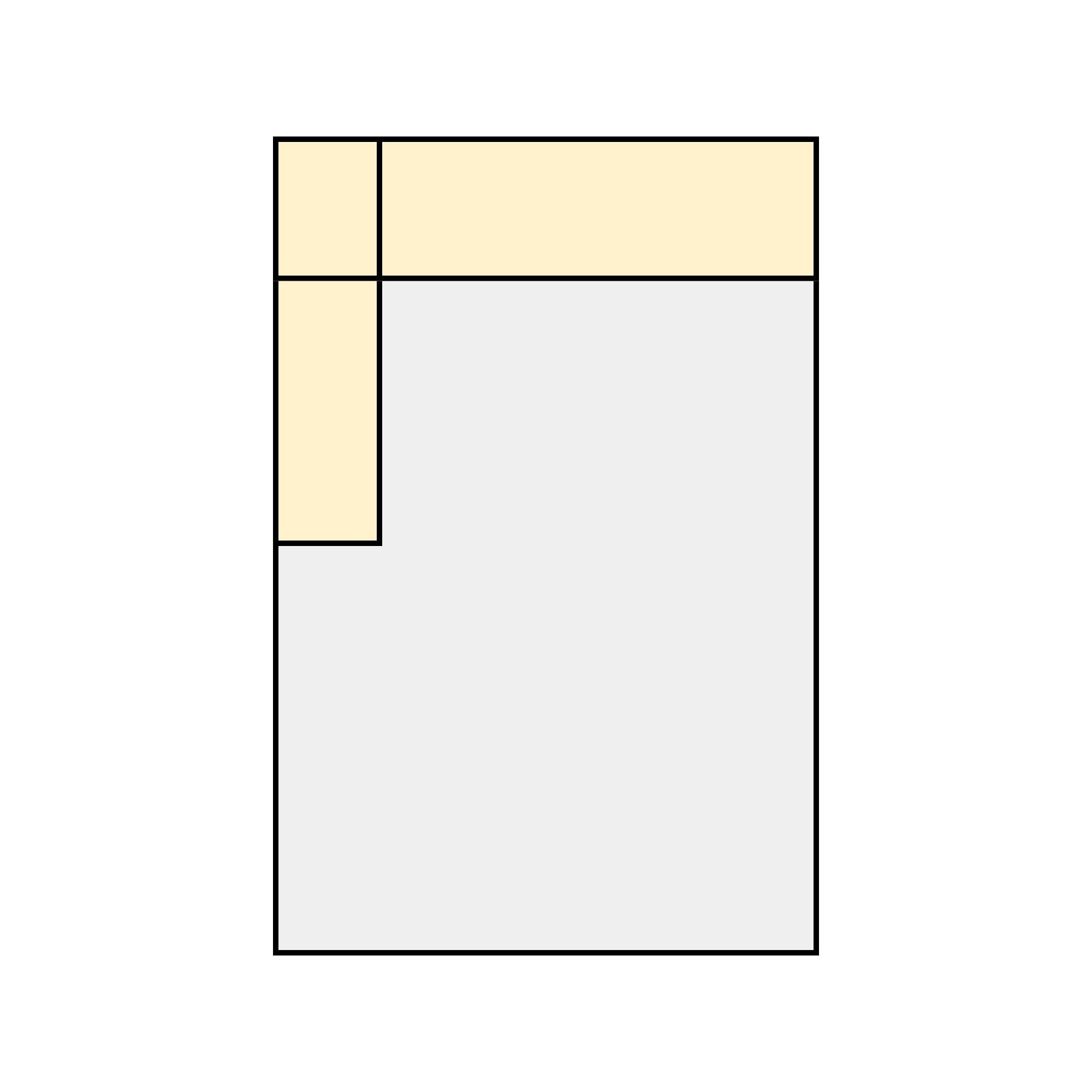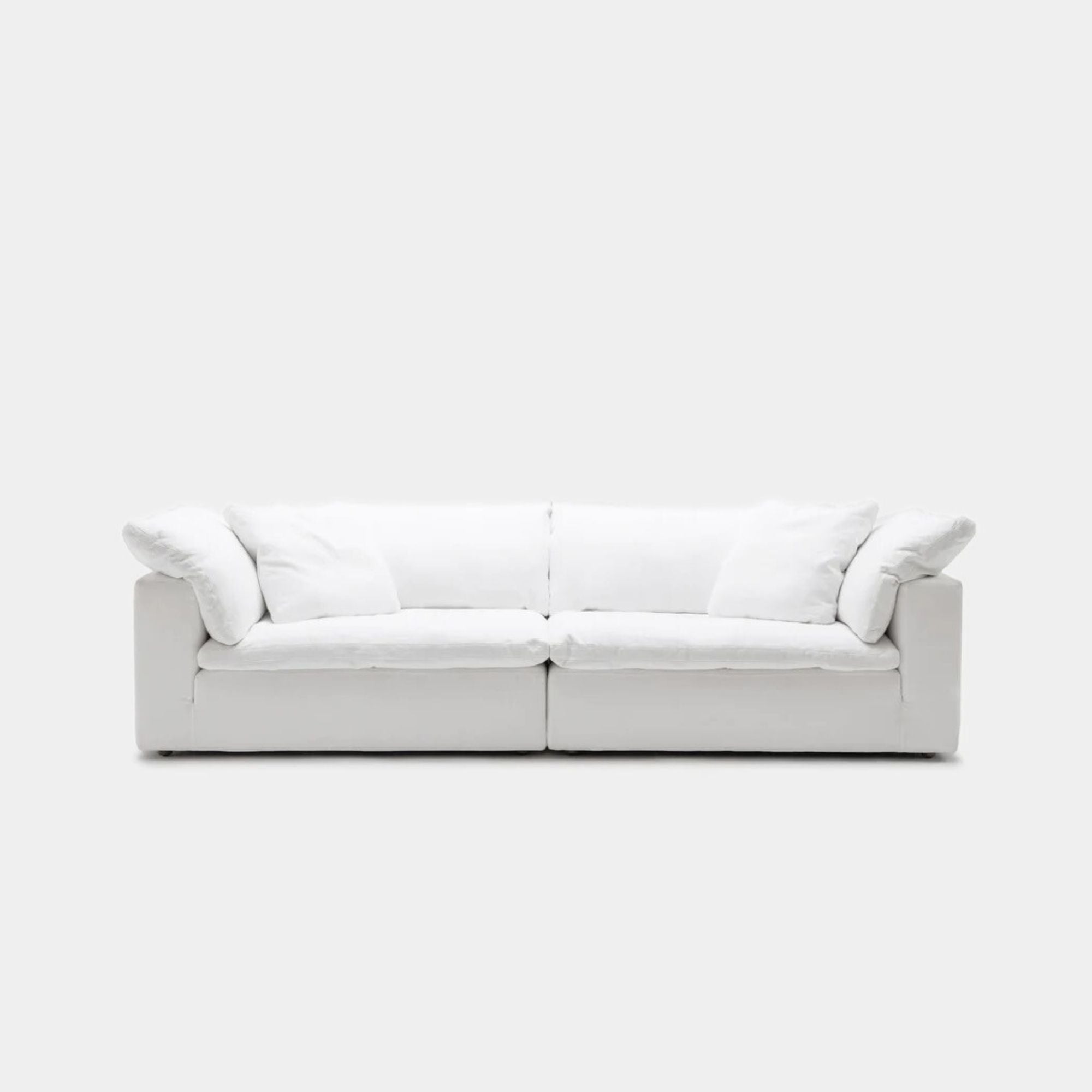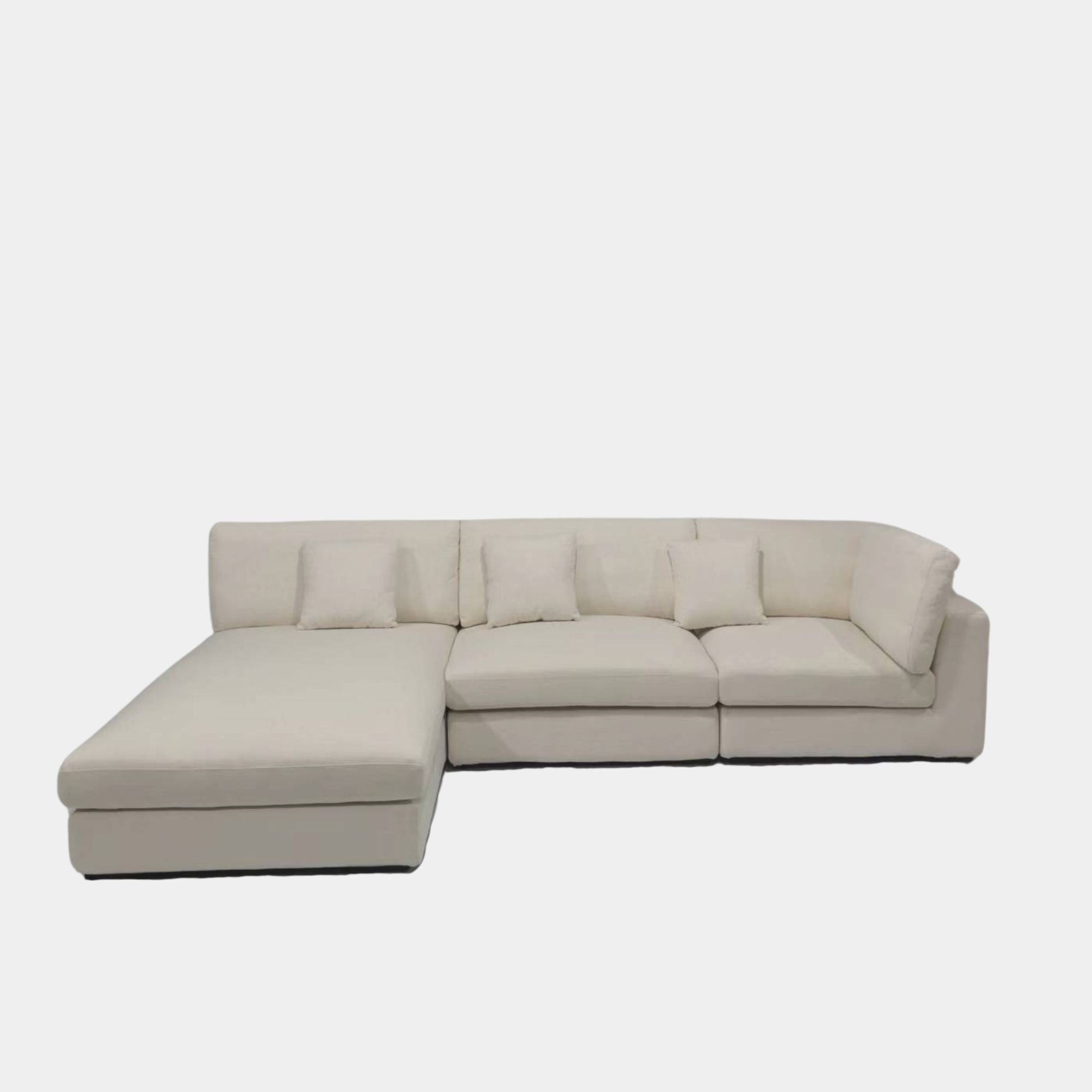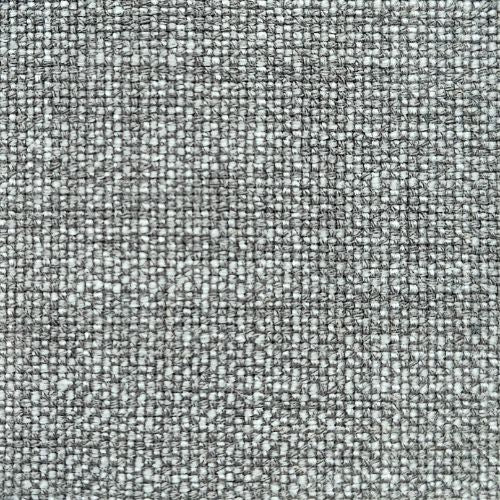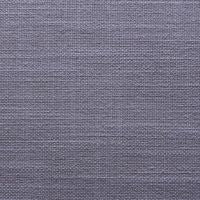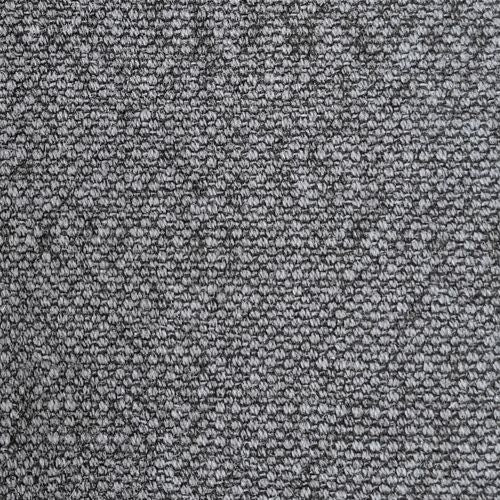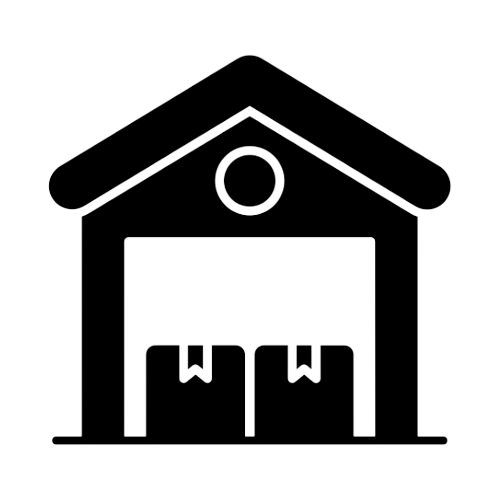Browse through some common questions that people may have. Reach out if still in doubt!
Guide
What is a corner sectional sofa?
A corner sectional sofa is a type of seating arrangement designed to fit snugly into the corner of a room, making efficient use of space while providing ample seating.
It’s typically made up of multiple connected sections, including a corner piece that forms a 90-degree angle, allowing it to wrap around two adjacent walls.
Are there any dimension restrictions for corner sectional sofas?
From an aesthetic perspective, a corner sofa typically takes up about 240cm to 300 cm in width on each side and around 90cm to 100cm in depth.
This means you’ll need a space of roughly 240cm x 240cm minimum to comfortably accommodate it.
How many people can sit on your corner sectional sofa?
The seating capacity of our corner sectional sofas varies based on their size and configuration:
- Compact Corner Sectionals: Typically, smaller corner sectionals (around 240 x 240 cm) can comfortably seat 3 to 4 people. These are ideal for small to medium-sized rooms.
- Standard Corner Sectionals: Standard-sized corner sectionals (around 300 x 300 cm or more) usually seat 5 to 6 people, providing ample seating for families or small gatherings.
- Large Corner Sectionals: For larger models or custom configurations, which often measure 350 cm or more on each side, you can expect seating for 7 or more people, making them perfect for bigger living rooms or entertaining larger groups.
Ultimately, the seating capacity depends on the sofa’s layout and the type of modules it includes, such as chaises or additional middle units. Our modular designs let you adjust the configuration to fit your seating needs.
What is the difference between a corner sectional sofa and a L shape sectional sofa?
Though often used interchangeably, corner sectional sofas and L shape sectional sofas have slight differences in design and layout.
1 - Shape and Design:
- Corner Sectional Sofa: This sofa typically forms a right-angle shape, wrapping around the corner of a room. It often includes a distinct corner module that joins two seating sections, creating a true “corner” that sits at a 90-degree angle.
- L-Shape Sectional Sofa: An L-shape sectional typically has two straight sections forming an “L” without a specific corner piece. This shape is often created by joining a sofa and a chaise, giving it a more streamlined look.
2 - Configuration:
- Corner Sectional Sofa: Commonly used to create a more enclosed, cozy space, as it fits directly into a corner with seats on either side of the angle, allowing it to feel like a defined seating nook.
- L Shape Sectional Sofa: Works well in both corners and open spaces. Its design is more flexible for smaller rooms, where a full corner piece might take up too much space.
In summary, a corner sectional sofa is best for maximizing seating in a larger, dedicated corner space, while an L shape sectional sofa offers a versatile, space-efficient option for smaller rooms or flexible layouts.
What is linen fabric?
Linen fabric is a natural textile made from the fibers of the flax plant. Known for its breathability, durability, and lightweight feel, linen is highly valued for both clothing and home furnishings like bedding, curtains, and upholstery. Linen has a slightly crisp texture that softens with use and washing, and it naturally wicks moisture, making it comfortable in warm weather or humid conditions.
In home decor, linen is often chosen for its classic, relaxed look and its environmentally friendly qualities, as flax requires less water and fewer pesticides than other fibres like cotton.
Although linen can wrinkle easily, this feature is often embraced as part of its laid-back charm. Linen fabric is also hypoallergenic, making it ideal for households with sensitivities or allergies. Its durability allows it to last for years, gaining character with time and use.
What sofa styles does linen fabric work well with?
Linen fabric is versatile and works beautifully with a variety of sofa styles, bringing an elegant, relaxed touch to living spaces:
- Slipcovered Sofas: Linen’s natural drape and slightly wrinkled texture suit slipcovered sofas perfectly, giving them a casual, inviting appearance. This combination works well for a laid-back, coastal, or farmhouse style.
- Modern and Minimalist Sofas: The simplicity of linen complements clean, modern sofa designs. Its light, airy quality enhances minimalist spaces, where the fabric’s organic texture adds subtle visual interest without overwhelming the design.
- Mid-Century Sofas: Linen pairs well with mid-century modern sofas, emphasizing their sleek lines and low profile. The natural tones of linen highlight the vintage aesthetic without overpowering it.
Linen’s breathable, hypoallergenic qualities make it ideal for both high-traffic family rooms and quiet spaces, bringing an understated elegance to any sofa style.
How to clean linen fabric?
Cleaning linen fabric requires gentle care to preserve its natural fibers and relaxed texture. Here are the best practices for keeping linen furniture fresh and in great condition:
- Regular Vacuuming: Use a vacuum with an upholstery attachment to gently remove dust and debris. Regular vacuuming prevents dirt from embedding in the fibers and keeps the fabric looking fresh.
- Spot Cleaning: For spills, quickly blot the area with a clean, dry cloth to absorb as much liquid as possible. Use a mild soap or upholstery cleaner diluted with water on a cloth to gently blot any remaining stain, being careful not to oversaturate the fabric. Test any cleaner on an inconspicuous area first.
- Avoid Excessive Water: Linen fabric is sensitive to water. Avoid over-wetting the fabric, as it may cause shrinkage or damage. When cleaning with water, blot gently and allow the area to air dry naturally.
- Professional Cleaning: For deep cleaning or persistent stains, consider professional upholstery cleaning to avoid damaging the fabric. Professionals have the right equipment and techniques to handle delicate linen fibers.
By following these steps, linen fabric can maintain its charm and durability, preserving its soft texture and classic appearance.
What is the benefit of choosing black and dark grey sofas?
Black and dark grey sofas offer a bold, timeless aesthetic. These colours are often associated with sophistication, elegance, and modernity.
Black evokes feelings of confidence and refinement, while dark grey adds a touch of subtlety and versatility.
Both can serve as statement pieces, anchoring a room's design whilst allowing other elements such as artwork, cushions, or rugs to take prominence.
What design styles work well with black and dark grey?
Black and dark grey sofas are highly versatile and complement various design styles, including:
- Modern and minimalist: Their sleek, clean appearance enhances minimalist interiors.
- Industrial: Both shades pair well with exposed metal, concrete, and dark wood often found in industrial-style spaces.
- Glamorous: Black and dark grey can be paired with metallic accents and luxurious materials such as velvet to create an opulent look.
- Contemporary: These deep hues provide striking contrast and work beautifully alongside bold geometric patterns or abstract artwork.
What cushions work well with black and dark grey sofas?
Neutral cushions in tones such as grey, white, or beige provide subtle contrast, softening the bold presence of black or dark grey.
For a splash of colour, jewel tones like emerald green, royal blue, or mustard yellow can add vibrancy.
Metallic tones such as gold and silver add a touch of luxury, while deep reds or burnt oranges provide warmth.
What rugs work well with black and dark grey sofas?
Neutral rugs in shades of beige, grey, or cream create balance with the darker tones of a black or dark grey sofa.
For a more dramatic effect, patterned rugs in black and white, or those featuring geometric designs, can enhance a modern aesthetic.
For a softer, cosier feel, plush rugs in muted tones or textured wool options provide warmth and contrast.
What wall colour work well with black and dark grey sofas?
Light or neutral wall colours such as off-white, light grey, or beige help to balance the darker tones and can make a room feel more spacious.
For a more dramatic effect, deep greens, rich blues, or even dark greys offer a sophisticated backdrop that pairs harmoniously with black or dark grey sofas.
